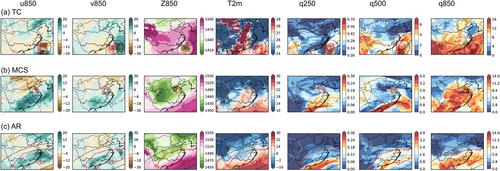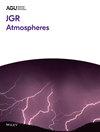Deep Learning-Based Precipitation Simulation for Tropical Cyclones, Mesoscale Convective Systems, and Atmospheric Rivers in East Asia
Abstract
Different types of weather events, including tropical cyclones (TCs), mesoscale convective systems (MCSs), and atmospheric rivers (ARs), significantly impact precipitation patterns in East Asia. This study pioneers the application of deep learning (DL) methods, including convolutional neural network, U-Net, and Attention U-Net models, to simulate precipitation associated with these weather events. The spatial permutation method is also used to identify key meteorological variables for accurately generating precipitation in DL models. The DL models trained on all timeslots consistently surpass the performance of state-of-the-art numerical simulations, although their efficacy slightly diminishes during extreme weather events. This outperformance is attributed to the appropriate emphasis on key variables that capture precipitation processes, such as low-level moisture and mid-level pressure fields. However, new DL models trained separately for TCs, MCSs, and ARs using clipped precipitation as the output does not exceed the performance of the previous DL models. Among all input features, moisture variables contribute the most to precipitation at low intensity, while the importance of other variables increases for more intense precipitation, although some discrepancies vary across models and event types. The spatial results further reveal the detailed locations of variables that are essential for accurately simulating precipitation related to weather events, such as areas of high specific humidity and strong winds. DL models could also acquire useful information from region remote to the events to improve the simulation. Overall, DL models serve as promising tools for simulating and enhancing our understanding of precipitation patterns associated with various weather events in East Asia.


 求助内容:
求助内容: 应助结果提醒方式:
应助结果提醒方式:


